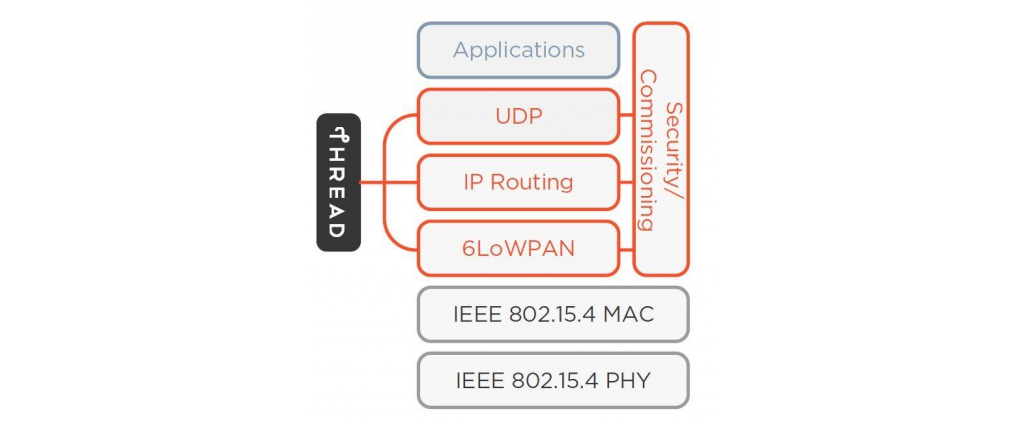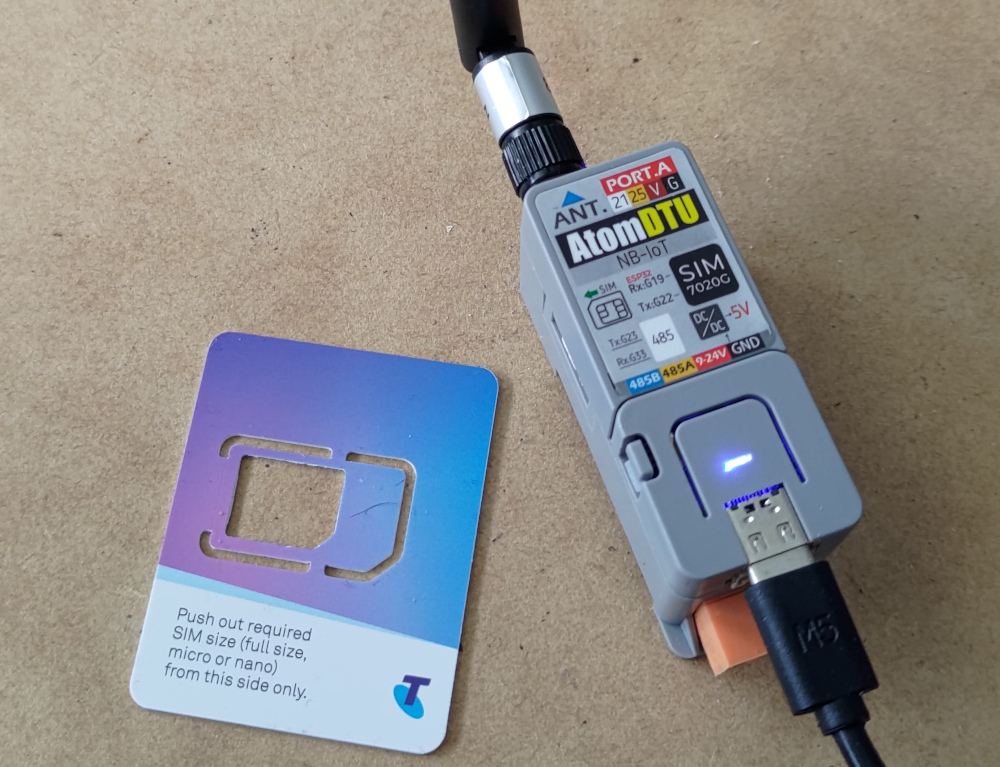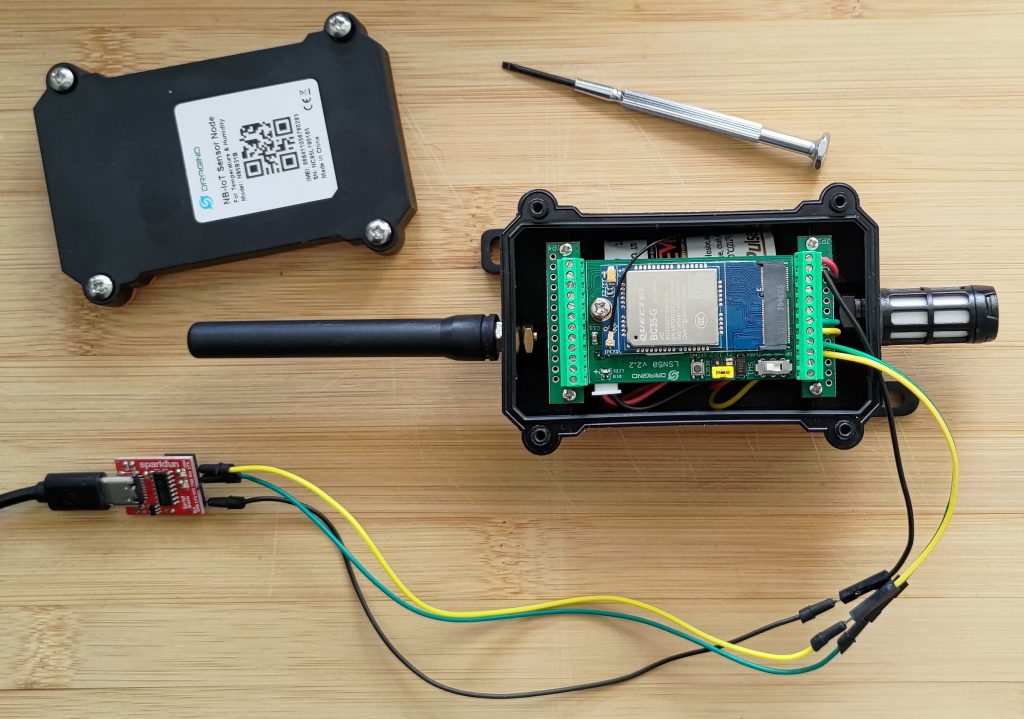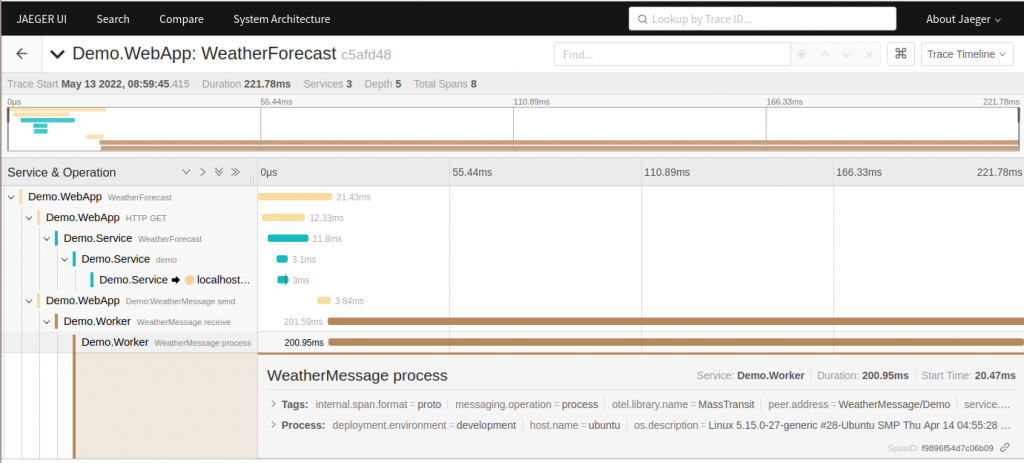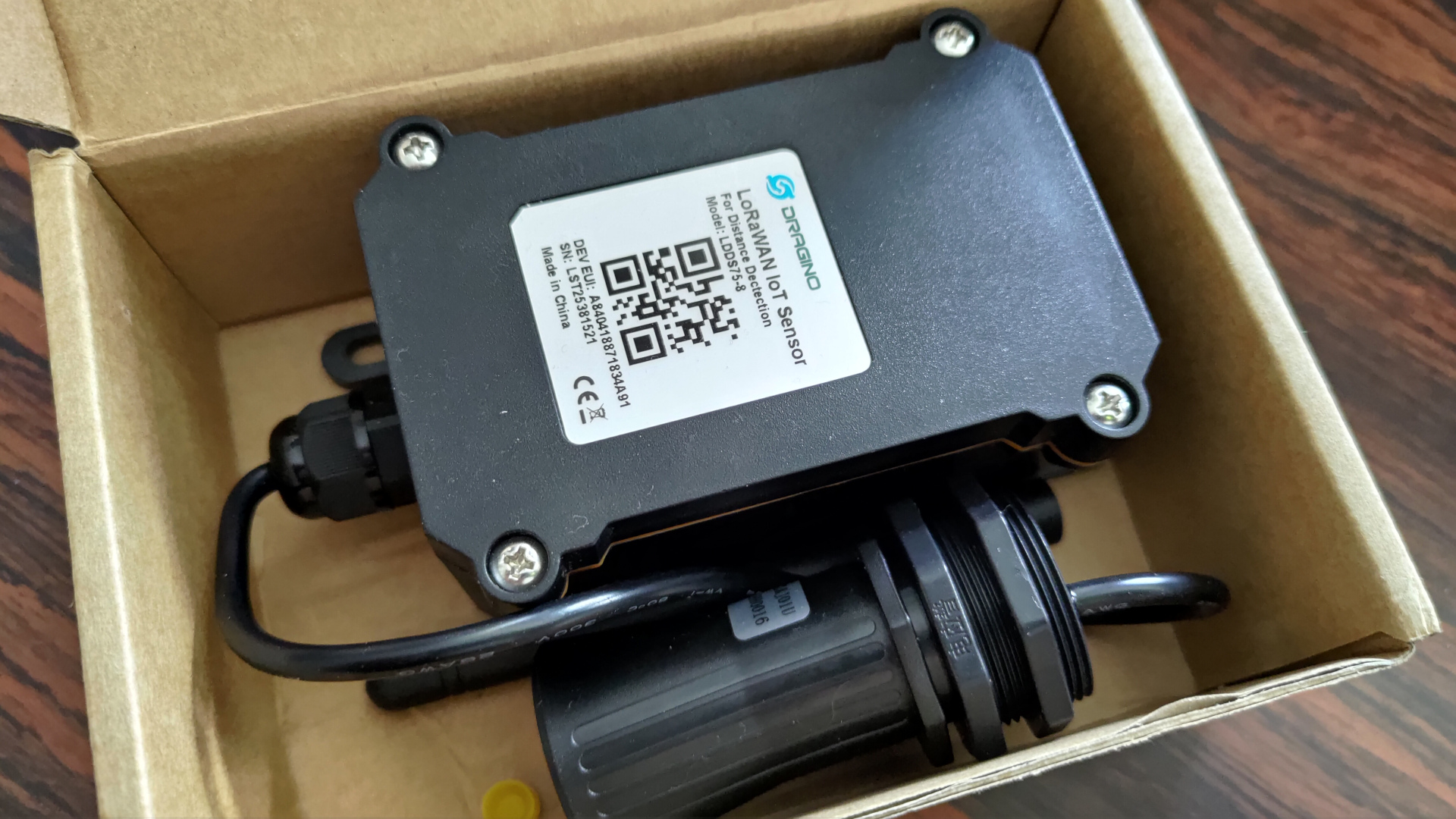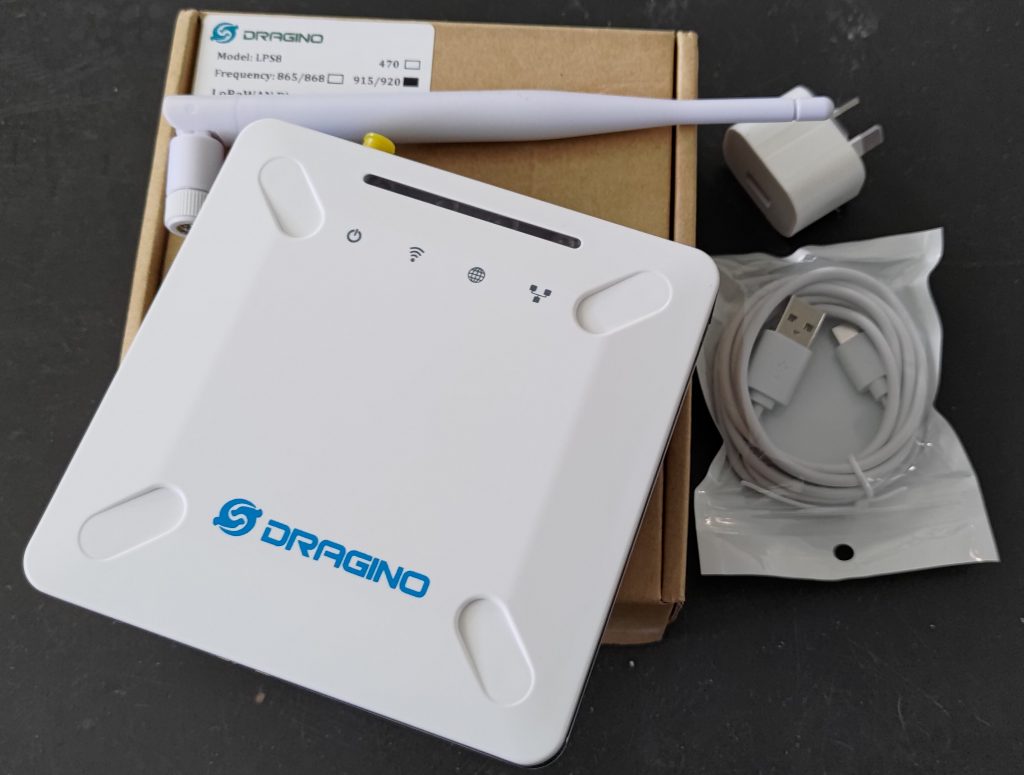Thread is a mesh networking stack running on 6LoWPAN (IPv6 over Low-Power Wireless Personal Area Networks) over IEEE 802.15.4 radios. To connect to the broader network, a Thread Border Router is required, which acts as a gateway between the Thread mesh radio network and upstream networks.
Thread, especially when used with Matter, is an important development for home automation, however the technologies also have commercial applications. The initial commercial focus of Thread is for smart buildings.
The networking layer sits between the underlying physical network, and the application layers on top.
Matter is an application protocol for device automation that runs on top of Thread (and also WiFi), with Bluetooth used for device commissioning. Matter 1.0 was also released in October 2022 and is supported by major home automation vendors (Google, Amazon, Apple, and Samsung), but can also be used in commerical deployments.
When provisioning a Matter device to a Thread mesh, Bluetooth is used for the initial provisioning and sets up both the connection the the Thread mesh and registration in the Matter Hub. One important aspect of Matter is multi-admin, allowing one device to be controlled by multiple hubs.
The layered approach means Thread can be used by itself, providing mesh networking for smart buildings using other protocols, or in conjunction with Matter.
The article also looks at setting up a OpenThread Border Router for testing, and shows provisions a Matter test device to the Thread mesh.
Continue reading Smart Buildings — Running an OpenThread Border Router(18 min read)

